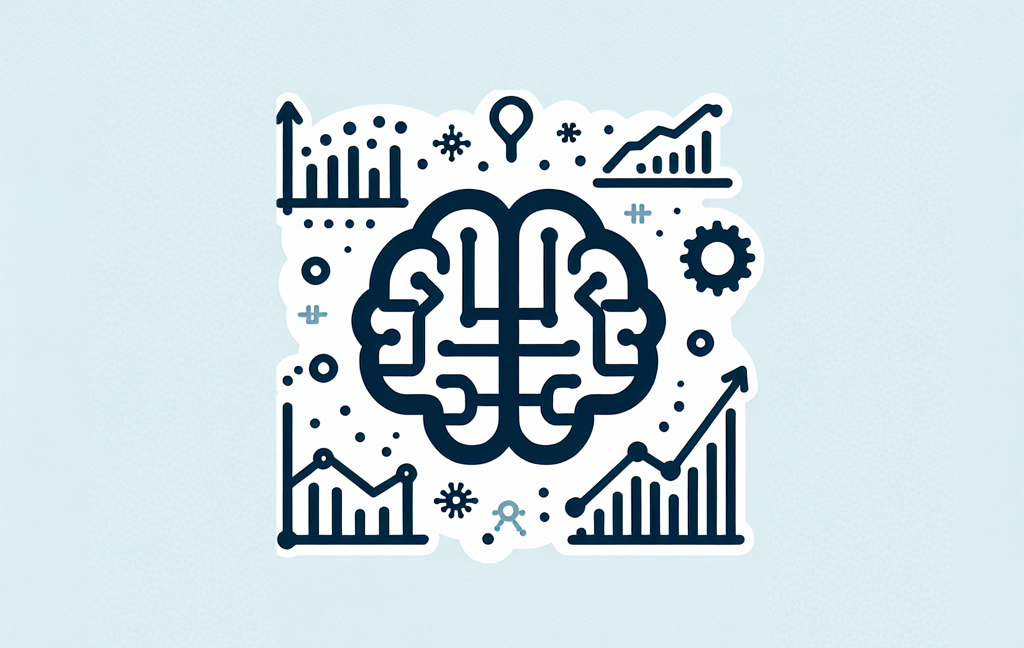Can I Use AI for Forecasting and Predictive Analytics?
In today's data-driven world, businesses and organizations are constantly seeking ways to stay ahead of the curve. One of the most powerful tools at their disposal is artificial intelligence (AI). AI has revolutionized various industries, and its application in forecasting and predictive analytics is no exception. This article explores how AI can be leveraged for these purposes, providing insights into its benefits, applications, and the future of predictive analytics.
The Power of AI in Forecasting
AI's ability to process vast amounts of data quickly and accurately makes it an invaluable asset for forecasting. Traditional forecasting methods often rely on historical data and statistical models, which can be limited in their ability to predict future trends accurately. AI, on the other hand, uses machine learning algorithms to analyze data patterns and make predictions with a higher degree of accuracy.
Benefits of AI in Predictive Analytics
- Improved Accuracy: AI algorithms can analyze large datasets and identify patterns that may not be apparent to human analysts. This leads to more accurate predictions and better decision-making.
- Real-Time Analysis: AI can process data in real-time, allowing businesses to make timely decisions based on the latest information.
- Scalability: AI systems can handle vast amounts of data, making them suitable for large-scale applications across various industries.
- Cost Efficiency: By automating the forecasting process, AI reduces the need for manual analysis, saving time and resources.
Applications of AI in Forecasting and Predictive Analytics
- Financial Forecasting: AI is widely used in the financial sector to predict stock prices, market trends, and economic indicators. By analyzing historical data and market conditions, AI can provide valuable insights for investors and financial institutions.
- Supply Chain Management: AI helps businesses optimize their supply chains by predicting demand, identifying potential disruptions, and recommending inventory levels. This leads to more efficient operations and reduced costs.
- Healthcare: In healthcare, AI is used to predict disease outbreaks, patient outcomes, and treatment effectiveness. This enables healthcare providers to deliver better care and improve patient outcomes.
- Marketing and Sales: AI-driven predictive analytics can forecast customer behavior, helping businesses tailor their marketing strategies and improve sales performance.
How Younet Can Do Predictive Analytics and Forecasting
Younet AI is at the forefront of leveraging AI for predictive analytics and forecasting. By integrating advanced machine learning algorithms and data processing capabilities, Younet enables businesses to harness the full potential of their data. Here’s how Younet can help:
- Data Integration: Younet seamlessly integrates with various data sources, including CRM systems, financial databases, and supply chain management tools. This ensures that all relevant data is considered in the forecasting process.
- Customizable AI Models: With Younet, you can create personalized AI models tailored to your specific business needs. Thesemodels can be trained using your historical data to improve prediction accuracy.
- Real-Time Insights: Younet provides real-time analytics, allowing you to make informed decisions based on the latest data. This is crucial for dynamic industries where conditions can change rapidly.
- User-Friendly Interface: Younet’s intuitive interface makes it easy for users to set up and manage their AI models. You don’t need to be a data scientist to leverage the power of AI for forecasting and predictive analytics.
- Scalability: Whether you are a small business or a large enterprise, Younet’s AI solutions are scalable to meet your needs. The platform can handle large datasets and complex forecasting models with ease.
The Future of Predictive Analytics with AI
As AI technology continues to evolve, its applications in forecasting and predictive analytics will only expand. Future advancements may include more sophisticated algorithms, improved data integration, and enhanced interpretability of AI models. Businesses that embrace AI for predictive analytics will be better positioned to navigate uncertainties and capitalize on emerging opportunities.
